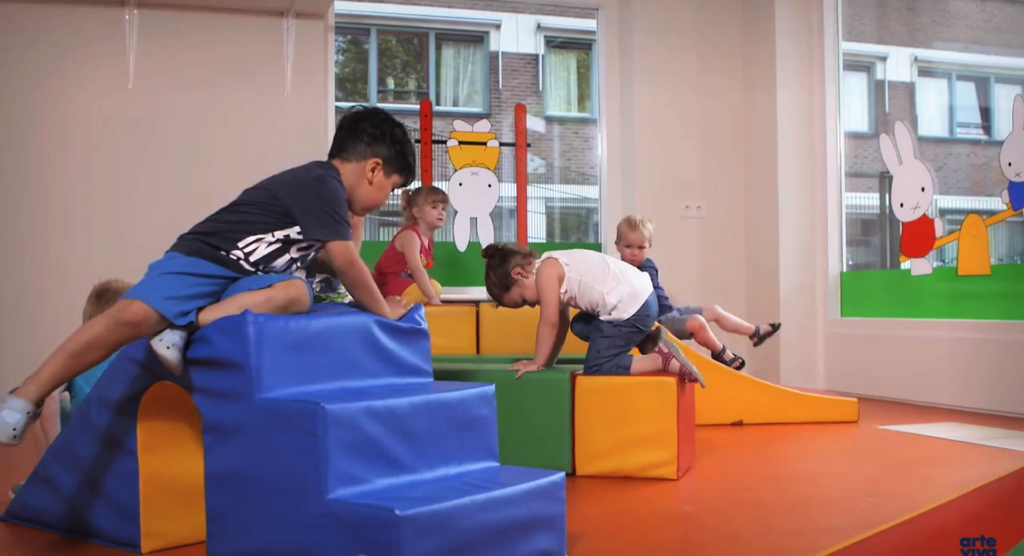Top 5 Injury Risks for Children and How to Prevent them
With children spending two to six hours a day in kindergartens, the main concern for parents is of course if they have chosen the safest environment possible for their kids.
In 1960, child experts stated that ‘’it is now generally recognized that accidents constitute a major problem in public health’’. This marked the beginning of the rising awareness for child safety. This view has been confirmed by the World Health Organization’s regional office for Europe who cited injury had become the leading cause of death in developed, high-income countries. In developing countries, the acknowledgment of child injury as a major problem is more recent. However, reducing child injuries is possible: Experience and research have shown that most child injuries are avoidable in all countries.
Drowning
Drowning is one of the leading causes of fatality among children under the age of five. Toddlers are facing the highest risk as they have already gained more mobility than babies but are still in development. An average of two children drown each day in the United States – research from Virginia showed, over the last decade 34% of drownings occurred in home pools and 29% in bathtubs. Even if children are already able to swim, they are often not strong or aware enough to steer away from dangers in the water.
- Never let your child out of sight in the bathtub and around swimming pools
- Teach your children how to swim or stay afloat
- Use floating devices like water wings or life jackets
Burning
Children are especially at risk of getting burns since their skin is more sensitive and they do not yet have a clear idea of what is dangerous for them, therefore, they need extra protection.
- Always apply sunscreen with a high protection factor, preferably at least 20 minutes before getting outside, reapply every hour
- Protect electrical outlets and plugs against children’s fingers
- Keep matches, lighters, chemicals, flammable liquids and candles out of kids reach
Poisoning
Over 2 million poisoning incidents were reported to poison control centers in the USA in 2014. Young children have a tendency to put everything in their mouth which is part of their natural development. In Victoria, Texas at least eight children a day receive medical attention after swallowing poison – the most common causes are medicines and household products.
- Keep all medicines and household products out of reach of the child immediately after purchase and use
- Keeps medicines and household products in their original containers and do not transfer them in other containers such as unmarked plastic bottles
- Teach your kids to be aware of the dangers of medicine and households product and not to put these items into their mouths.

Falling
Falls are the most common cause of injuries for all ages reported in hospitals. When a child starts to learn how to walk they naturally increase the risk of falling dramatically. Usually, this results in nothing more serious than a bruise or scratch, however, a hard fall can lead to fractures, cuts, or head injuries.
- Teach your child to not run on slippery floors (lead by example)
- Use anti-slip stickers to prevent falls and to teach children how to walk in a safe way, e.g. along the banisters
- Do not use baby walkers since they give the toddler unexpected mobility
Edupod Corner Guard range to prevent children from hurting themselves bumping into edges:
Made from safe, bite resistant, soft plastic to shield off corner

Finger entrapment
About 30,000 people each year rush to the emergency room in the US due to fingers being pinched in between the door and the door frame, with children being the more at risk. In the age group of the under four-year-olds, 3 out of 4 amputations resulted from fingers that were trapped in a door.
- Teach children to not keep fingers on the door frame
- Make sure to close the doors to prevent it from slamming shut unexpectedly
- Install door finger protection
Products similar to it:





